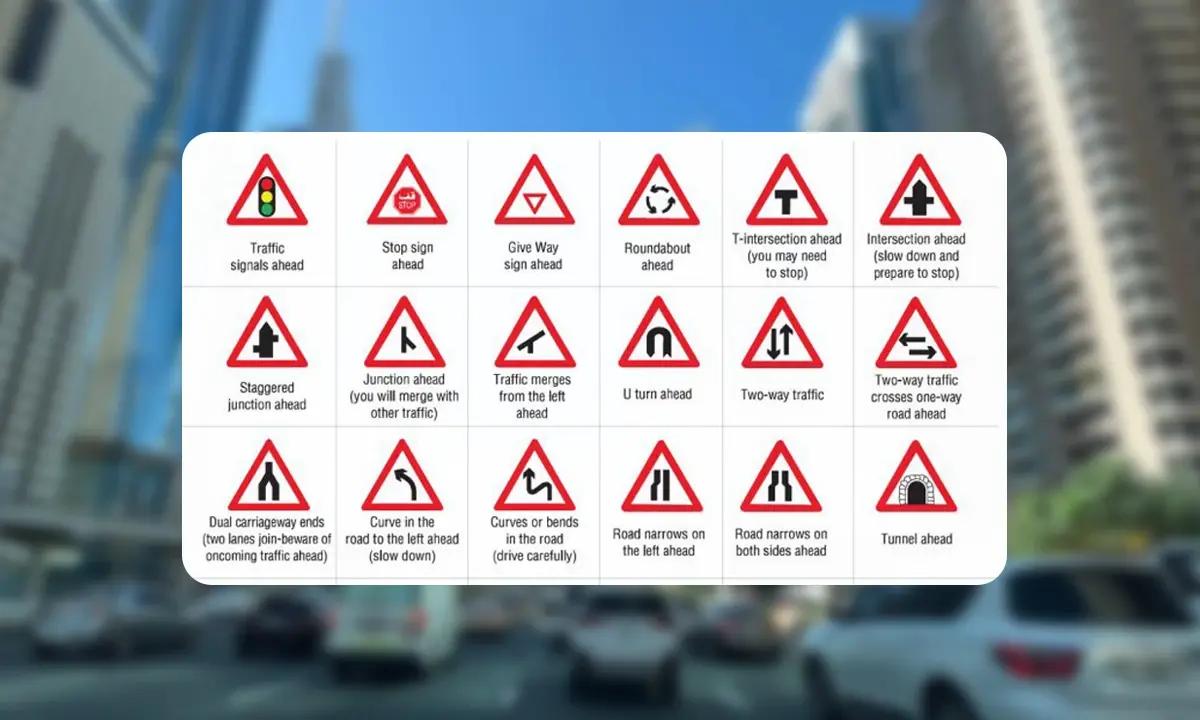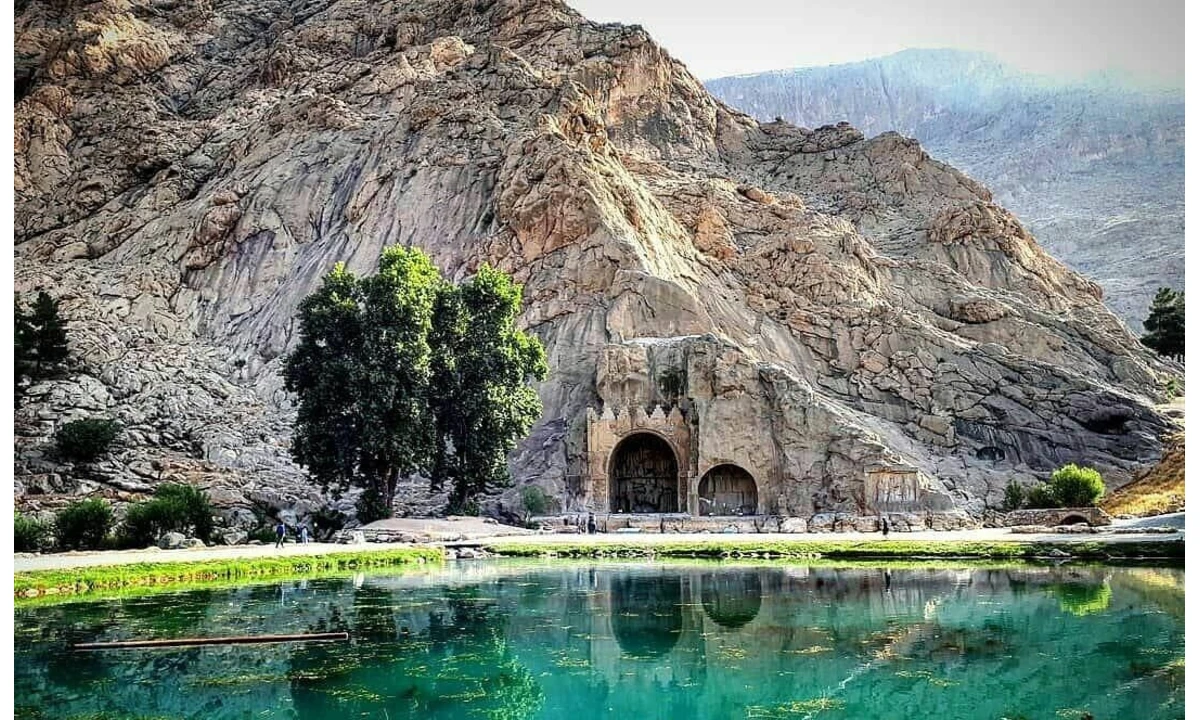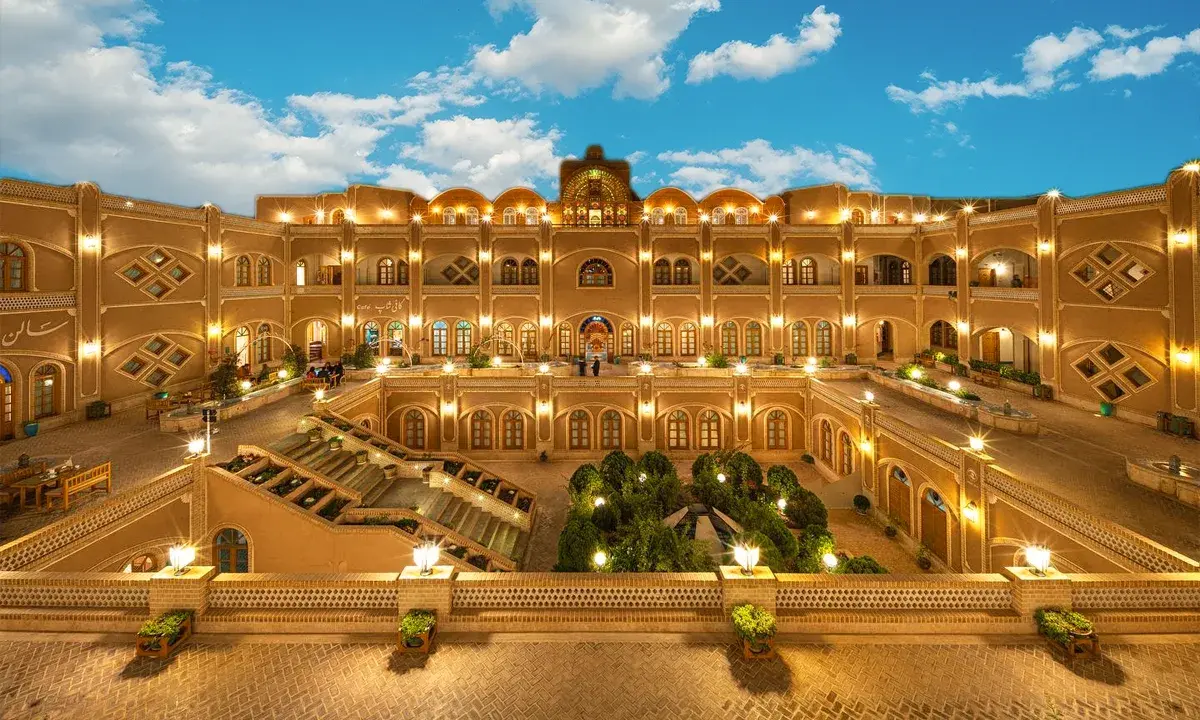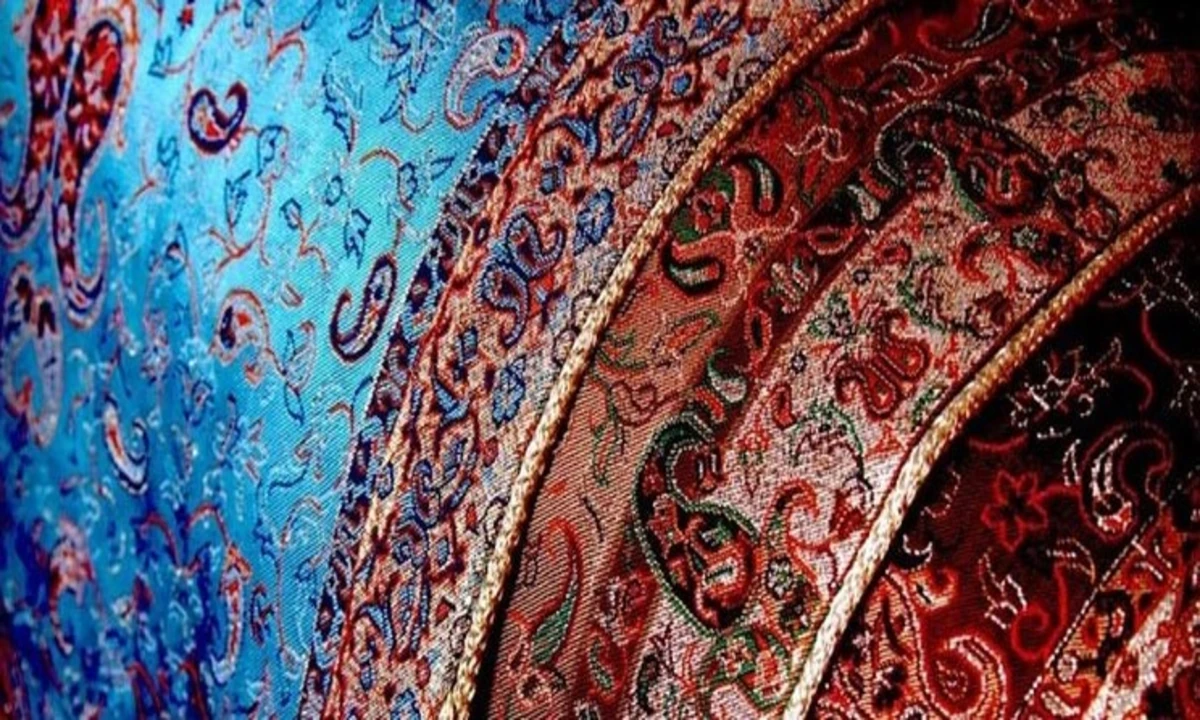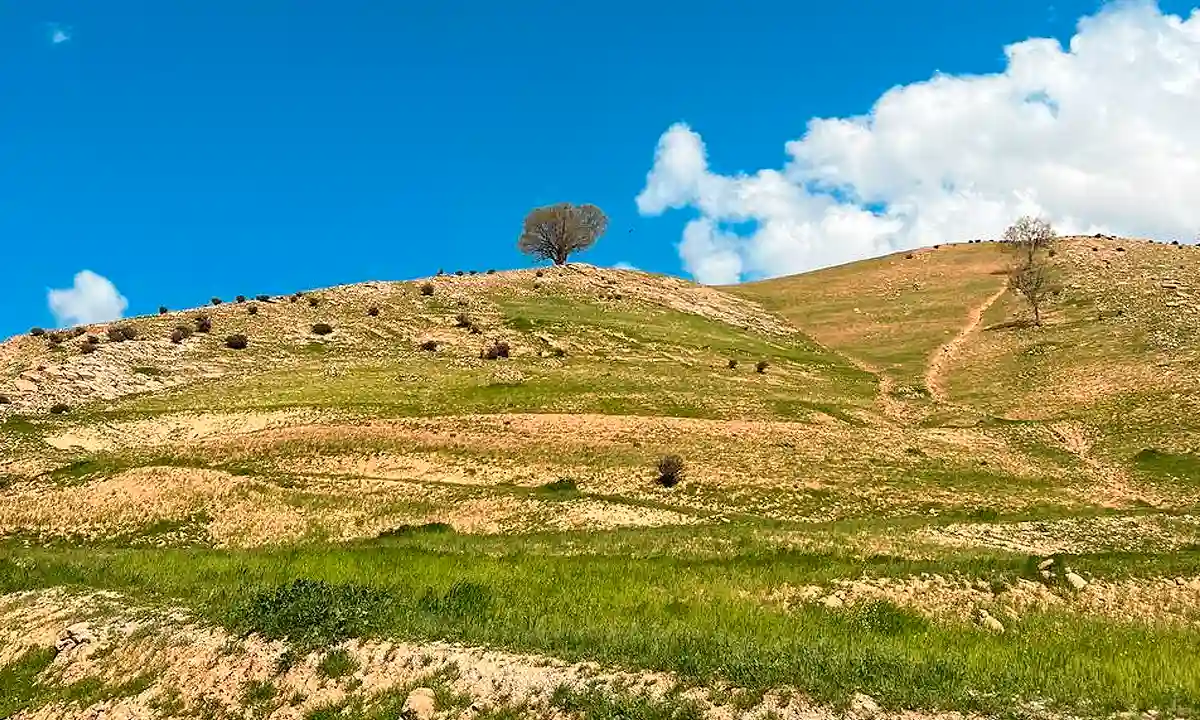The Best Museums in Iran
![]() Author : Alirezaa | Date : Sunday 01 December 2024 11:06
Author : Alirezaa | Date : Sunday 01 December 2024 11:06

Iran's cultural landscape is a mesmerizing blend of ancient traditions and modern expressions, making it a unique destination for museum enthusiasts. Its museums are treasure troves of history, art, and science, reflecting the rich tapestry of Iranian civilization that has evolved over thousands of years. From the ancient relics of the Elamite and Persian empires to the sophisticated Islamic art and contemporary masterpieces, Iran's museums offer a comprehensive glimpse into the diverse cultural heritage of this storied land. Each museum serves as a portal to the past, presenting the stories, achievements, and artistic endeavors of the people who have shaped Iran's identity throughout the ages.
Major Museum Destinations in Iran
Iran's cities are dotted with museums that celebrate its rich history, diverse cultures, and artistic achievements. Below, we delve into some major museum destinations across four key cities: Tehran, Shiraz, Isfahan, and Tabriz.
✔️Read More : Iran Travel Guide 2024 Update | Tips for Your Iran Trip
Tehran: The Capital’s Cultural Showcase
- National Museum of Iran: This museum offers a profound journey through Iran's extensive history, from ancient times up to the Islamic era. Its vast collection includes archaeological artifacts and relics that tell the story of Iran’s civilization through millennia.
- The Treasury of National Jewels: Hosted in the Central Bank of the Islamic Republic of Iran, this treasury is a dazzling showcase of royal jewels, including crowns, thrones, tiaras, and the famed Pink Diamond, representing the opulent history of Iran’s monarchies.
- Golestan Palace: A masterpiece of Qajar-era architecture, this palace complex is a UNESCO World Heritage site. It combines Persian crafts like tile-work, mirror-work, and painting, making it a historical and architectural marvel.
- Museum of Contemporary Art: Situated in Tehran, this museum is home to one of the greatest collections of modern and contemporary art outside Europe and the US, featuring works by both Iranian and international artists.
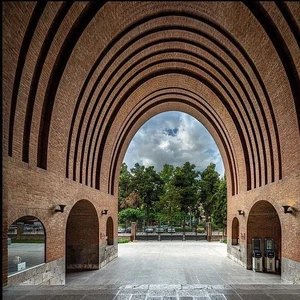
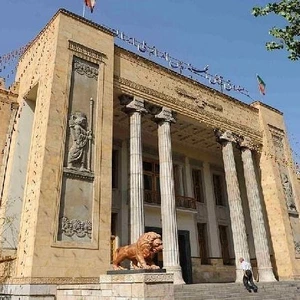
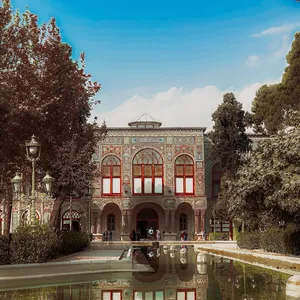
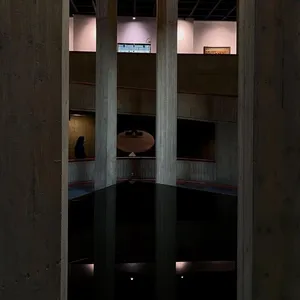
✔️Read More : Top Things To Do in Iran
Shiraz: A City of Poets, Literature, Gardens, and Museums
- Pars Museum: Located in the Nazar Garden, this museum houses a collection of artifacts from Persian history, art, and culture, set within a beautifully designed building that dates back to the Zand dynasty.
- Eram Garden and Museum: Eram Garden, a stunning example of Persian gardens, also features a museum that displays artifacts and cultural treasures, emphasizing the integration of natural beauty with historical preservation.
- Afif-Abad Garden and Museum: Initially a royal palace, this complex now includes a military museum among beautifully landscaped gardens, showcasing weapons and military equipment throughout Iran's history.
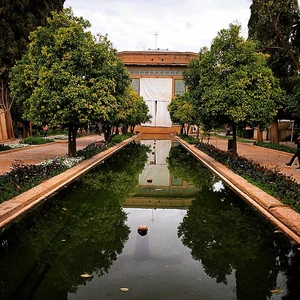
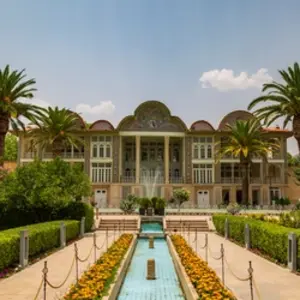
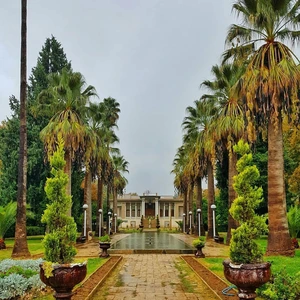
✔️Read More : Shiraz Tour Guide 2024 | Ultimate Tourist Guide
Isfahan: The Jewel of Islamic Art
- Isfahan Music Museum: Celebrating Iran's rich musical heritage, it displays a wide array of traditional Iranian musical instruments and offers live performances, making it a dynamic cultural experience.
- Chehel Sotoun Palace and Museum: Famous for its forest of columns and stunning frescoes, this palace is a window into the Safavid era, showcasing the art, culture, and history of one of Iran’s most influential periods.
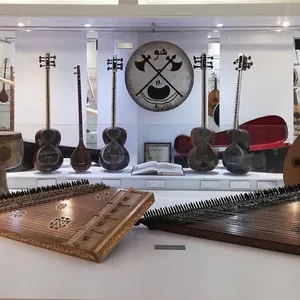
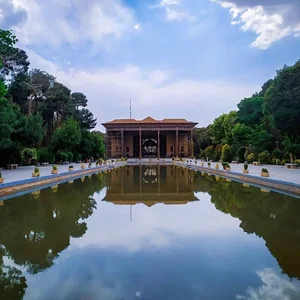
✔️Read More : Isfahan Travel Guide 2024 | Things to Do in Isfahan
Tabriz: A Crossroad of Cultures
- Azerbaijan Museum: The largest museum in the northwest of Iran, it presents a wide range of artifacts from prehistory through to the contemporary era, highlighting the region's archaeological and cultural heritage.
- Qajar Museum (Amir Nezam House): This museum, set in a historic mansion, illustrates the lifestyle and architecture of the Qajar period, offering insights into the social and cultural aspects of 19th-century Iran.
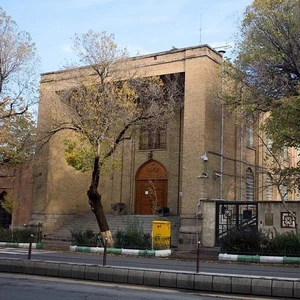
.webp)
These museums not only serve as custodians of Iran’s rich heritage but also as vibrant cultural centers that offer insights into the nation’s past, present, and future. Each destination provides a unique perspective on the diverse and multifaceted nature of Iranian culture and history.
✔️Read More : Travel Guide to Tabriz 2024 Update
Specialty Museums
Iran’s specialty museums offer a deep dive into specific aspects of its cultural and technological achievements. These museums spotlight the country's expertise in various crafts, technologies, and traditions, providing visitors with a focused exploration of Iran’s contributions to art, science, and society.
Carpet Museums: Exploring Iran’s Rich Carpet-Weaving History
Carpet Museums are dedicated to the art of Persian carpet weaving, an integral part of Iranian culture and craftsmanship recognized worldwide. These museums display an astonishing variety of Persian carpets, showcasing different weaving techniques, patterns, and colors that vary from one region of Iran to another. Visitors can learn about the historical development of carpet weaving, the symbolic meanings behind the designs, and the significant role carpets play in Iranian art and society. The Carpet Museum of Iran in Tehran is a notable example, where one can marvel at pieces dating back to the Safavid era.
Glass and Ceramic Museum: Delicate Art Forms Through the Ages
Glass and Ceramic Museum (also known as Abgineh Museum of Tehran) highlights Iran's long history of glass and ceramic production, showcasing items that range from pre-Islamic times to the contemporary period. The museum itself is housed in a historical building, adding to the charm and ambiance of the exhibit. The collection includes glassblowing items, pottery, and ceramic works that reflect Iranian artisans' technological advancements and artistic creativity throughout the centuries.
Water Museums: Understanding Traditional Persian Hydraulic Systems
Water Museums focus on the ingenious methods developed in Iran for managing water in arid environments. These museums educate visitors on the qanat system, a traditional Persian method of water supply that dates back thousands of years. The system involves tapping into underground mountain water sources and channeling them through tunnels to cities, villages, and farms. Museums such as the Yazd Water Museum offer insights into the engineering skills of ancient Persians, demonstrating how qanats played a crucial role in the development of civilization in desert regions by facilitating agriculture, gardening, and daily life.
These specialty museums provide a window into the depth and breadth of Iranian ingenuity and artistry. They celebrate Iran’s contributions to the world in fields ranging from textile production to engineering, offering visitors a unique and enriching cultural experience.
Interactive and Family-Friendly Museums
Iran offers a range of interactive and family-friendly museums that are designed to engage visitors of all ages through hands-on exhibits and educational programs. These museums provide a dynamic environment where children and adults alike can learn about Iranian culture, history, and science engagingly and interactively.
Museums with Interactive Exhibits
Interactive museums in Iran often incorporate technology and hands-on activities to bring history and science to life. These museums might feature interactive screens, simulations, and physical activities that allow visitors to experience the subjects firsthand. For instance, the Children’s Museum section within the National Museum of Iran in Tehran includes interactive exhibits that encourage younger visitors to explore Iran’s history through play and engagement. Similarly, science museums with planetariums or interactive physics displays allow visitors to experiment with scientific principles in an entertaining setting.
Museums Offering Workshops and Educational Programs for Children
Many museums in Iran are dedicated to making learning fun and accessible for children through workshops and educational programs. These programs are designed to inspire curiosity and a love for learning in young minds. Workshops can range from traditional arts and crafts, such as pottery making or miniature painting, to more modern subjects like robotics or environmental science.
- Iranian Art Museum Garden: Located in Tehran, this museum not only showcases various forms of Iranian arts but also offers workshops for children and adults in arts and crafts, providing a hands-on experience of Iran’s rich artistic heritage.
- The Tehran Peace Museum: Offers educational programs and workshops aimed at promoting peace and understanding among young visitors. These programs often involve interactive activities that teach children about the importance of peace through storytelling, art, and dialogue.
- The National Children’s Science Center: While not a museum in the traditional sense, this center offers a museum-like experience with its interactive exhibits and workshops designed to spark interest in science and technology among children and teenagers.
These interactive and family-friendly museums play a crucial role in educating the next generation, offering both fun and learning in a supportive environment. They provide an excellent opportunity for families to spend quality time together, exploring and learning about Iran's rich cultural heritage and scientific achievements.
Planning Your Museum Itinerary
Crafting an itinerary for museum visits in Iran can greatly enhance your travel experience, allowing you to immerse yourself in the country's rich history, culture, and art. Whether you have a few days or a couple of weeks, prioritizing your interests and strategically planning your visit can help you make the most of your journey. Here are some suggested itineraries based on interests and duration of stay, along with tips on combining museum visits with other attractions.
✔️Read More : Travel Itinerary to Iran | Expert Iran Trip Planner 2024
For Art and Culture Enthusiasts
- 3-Day Tehran Culture Dive: Start with the National Museum of Iran to get an overview of the country's history. On day two, visit the Golestan Palace and the nearby Treasury of National Jewels. Dedicate your third day to the Museum of Contemporary Art and the Carpet Museum. Each evening, explore local culinary delights and Tehran's vibrant bazaars.
- Shiraz and Isfahan Cultural Circuit (1 Week): Spend the first two days in Shiraz visiting the Pars Museum, Eram Garden and Museum, and Afif-Abad Garden and Museum. Then, head to Isfahan for the next three days to explore the Chehel Sotoun Palace and Museum, Isfahan Music Museum, and other cultural landmarks like the Imam Square and Si-o-se-pol Bridge. Use the travel days to visit Persepolis and Pasargadae near Shiraz.
For History Buffs
- 1-Week Historical Highlights: Split your time between Tehran, Shiraz, and Isfahan. In Tehran, don't miss the National Museum of Iran and the Golestan Palace. In Shiraz, explore the historical sites around the city, including the museums and the ancient city of Persepolis. In Isfahan, the Chehel Sotoun Palace and Museum alongside the city's historical mosques will offer a deep dive into Iran's Islamic architectural splendor.
For Families
- Tehran and Surroundings (5 Days): Start with the interactive sections of the National Museum of Iran, specifically designed for children. Spend a day at the Tehran Children's Museum and the nearby city park. Dedicate a day to exploring the Tehran Zoo and the adjacent botanical garden. If time allows, take a day trip to the nearby Alborz mountains for hiking and nature exploration.
Combining Museum Visits with Other Tourist Attractions
- Tehran: Combine a visit to the National Museum of Iran or the Golestan Palace with a stroll through the Grand Bazaar for some souvenir shopping. The Tehran Peace Museum is also near several peaceful parks, perfect for a relaxing afternoon.
- Shiraz: After visiting the Pars Museum, take a leisurely walk in the nearby bazaar and visit the Shah Cheragh Mosque for its stunning mirror work. The Eram Garden and Museum offers a perfect setting for a picnic amidst historical and natural beauty.
- Isfahan: Following a visit to the Chehel Sotoun Palace and Museum, enjoy the architectural marvels of Naqsh-e Jahan Square, including the Imam Mosque and Ali Qapu Palace. The Zayande River bridges, particularly the Si-o-se-pol and Khaju bridges, are perfect for evening walks.
- Tabriz: After exploring the Azerbaijan Museum, wander through the Tabriz Historic Bazaar Complex to see a living museum of commerce, culture, and craftsmanship.
Creating a museum itinerary based on your interests and combining museum visits with other attractions can enrich your travel experience in Iran, allowing you to appreciate the depth and diversity of Iranian culture and history.

